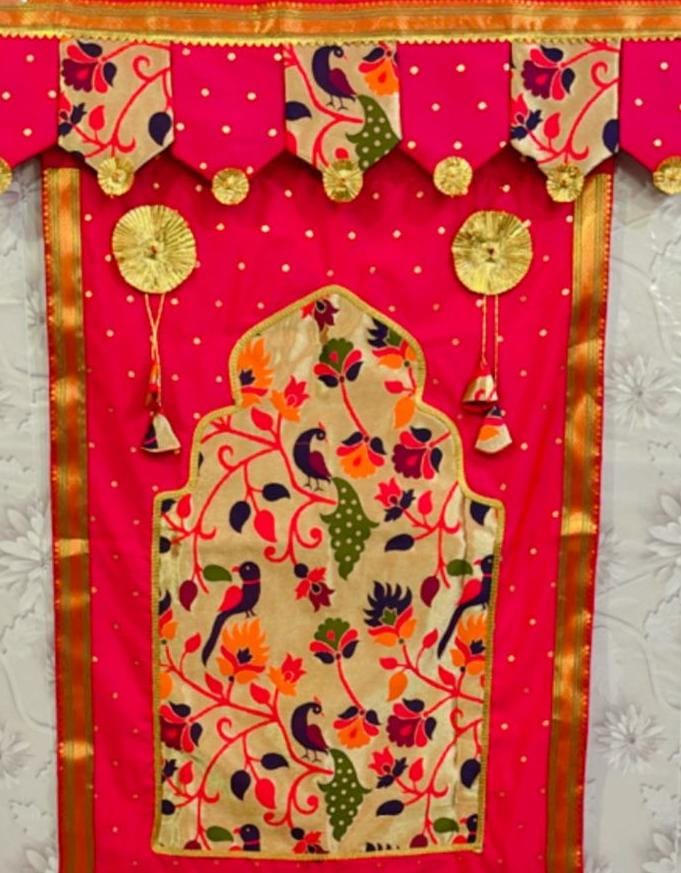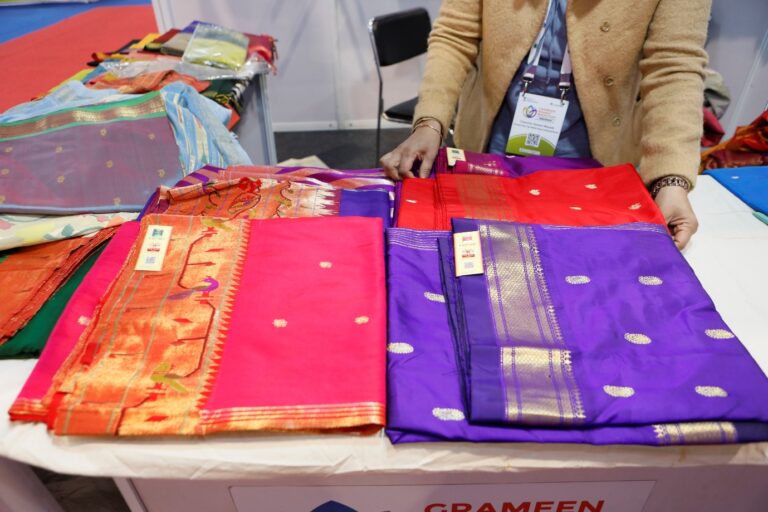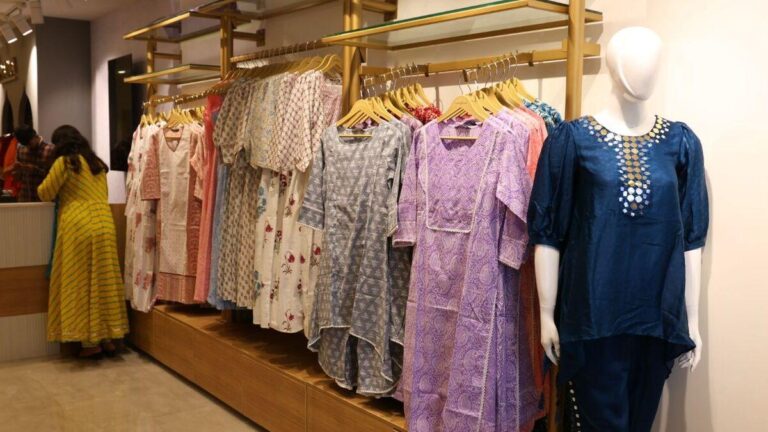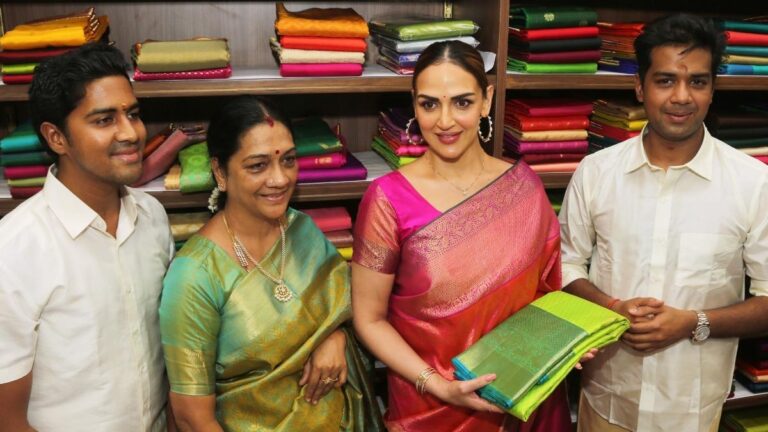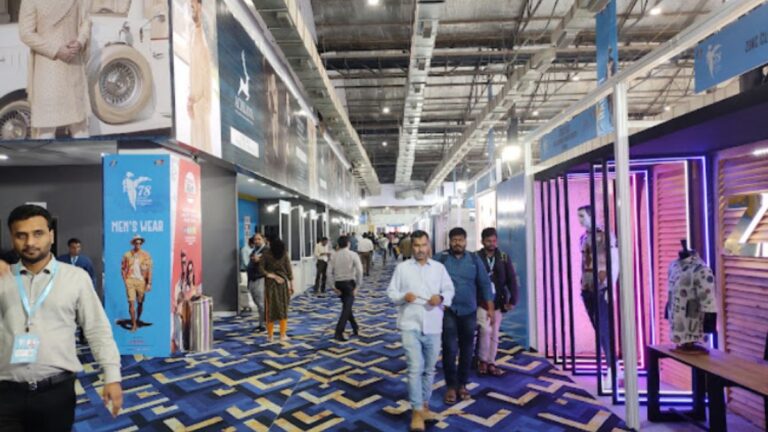India with its rich cultural heritage is a treasure for traditional textile arts and crafts. The western regions of India is home to diverse textile crafts with vibrant rich colours, soft textures of cotton and lustrous silks.
Innovation is the key driving force resulting in success. So to sustain one’s business in a competitive market environment in the global fashion scenario, young designers and entrepreneurs are constantly on the watch for new trends.
Novelty in design is the key and it can be brought about by modifying, adapting and fusing ideas with regards to colours, textures, styles, design details and silhouettes.
Indian traditional crafts of western regions including woven sarees of paithan, pune indori ilkals, warli painted textiles in Maharashtra, kunbi sarees of Goa, kutchi bharat, mirror work, tie dyed textiles bandhani leheriya of gujarat, block prints of Ajrakh. Sanganer, Bagru, Dabu, etc are iconic classic forms of textiles that reflect the determination, patience, precision, skilled expertise of traditional artisans, craftsmen or karigars. These forms of traditional textile crafts are sources of inspiration for young designers and entrepreneurs. Themes based on traditional crafts and sustainability have an increased interest amongst consumers. Today consumers nationally and globally are fascinated by traditional crafts. They are increasingly eco-conscious and are inclined to buy and use traditional textiles that are based on using natural fibres along with colouration using natural dyes.
With greater standards of living and heightened purchasing powers, consumers are willing to spend on exquisite designs in appreciation of the labour and craftsmanship of weavers, dyers and printers, embroiderers. There is more willingness to invest in expensive handmade products that mark status and royalty. Textile entrepreneurs have caught this pulse of the market and hence capitalise on venturing into traditional textiles as sources of inspiration. The exquisiteness of handcrafted textiles is not easy to replicate but in the need to fulfil the desires of niche market consumers, young entrepreneurs indulge in adaptation and fusion to suit contemporary tastes.
Traditional crafts like handlooms being revived and modernised in Western India to cater to global demand for sustainable and unique fabrics
Proliferation of synthetic fibrers and chemical dyes helped in meeting the needs of fast fashion and ever changing demand. People wanted new fashion goods at a very fast pace. This fast trend also resulted due to the wide global reach that was maximised by technological advancements, automation and digitization. One can set up a business in one part of the world and cater to your consumers living in the extreme otherside of the globe. The world has become smaller with globalization and internationalization of the retail business. E-commerce further has hastened the speed of growing fashion. Increased automation, powerlooms and multiplicity in demand led to a gradual fading of handcrafted products. Lucrative job opportunities in other sectors and industries, lured youth to move away from traditional occupations.
However, this was not for too long, soon the detrimental effects on the environment set an alarm and all stake holders have rightly now become conscious of practices that address the sustainable goals for a happier planet, for our people and to make good profit.
Going back to traditions is a trend today. Global presence of entrepreneurs is seen to be relatively easier to achieve and far-reaching for young entrepreneurs with increased use of social media and platforms for manufacturing and commerce. AI has made access to information and its application phenomenally infinite, almost ubiquitous.
Use of computer aided designing and manufacturing has made duplication and replication of designs convenient and fast. The fashion market today is based on quick response. Electronic data interchange and point of sale data are crucial points for integrating quick responses.
Today “traditional” artisans and craftsmen dealing with traditional or heritage crafts are educated and getting computer literate. Digital literacy training workshops help them gain hands on skills on operating digital tools and platforms.
Craft cluster centres and governmental and non-govermental agencies along with CSR interventions from the private sectors play a vital role in emancipating traditional handloom or handcrafting industries from the perils of automation. Intellectual property rights mechanisms including goegraphical indication systems protect the rights of the original creator of the designs giving the traditional craft industry its due credits.
Today is the time for having social manufacturing setups. There are many people who are having start-ups. Many traditional indigenous crafts were heirlooms for example embroidery, weaving, painting, printing passed down from one generation to another.
DIY kits and videos on different apps promote individuals, who were otherwise consumers, to turn into producers. Effectively people are becoming prosumers who make their products and use it. Many sell it too. This takes us back into history where women made their own clothing and used it for themselves and their family.
Contemporary design ideas best work when they are aesthetically designed and are functionally appropriate, ideally to be developed as being multifunctional, transformative, and modular for adaptive trendy lifestyles and modern settings. There is also an ironical trend of living minimalistically while having resources in plenty. Concepts of capsule wardrobe, second hand clothing, recycyling are picking up. New generation fibres belonging to regenerated fibre class, new sources of colours and textiles finishes including biomaterials and ecofriendly fabrication along with recycle and upcycle concepts expands the scope of young designers and entrepreneurs to make new products based on traditional textile crafts.
In doing all this, the essence of the traditional craft should not be tampered with. During adapting and fusing designs and products certain elements of the traditional craft should be retained and stay untouched, essentially the authentic flavour should not be lost. Young designers and entrepreneurs need to keep this in mind. Contemporarize products and designs but to the extent that the essence is cherished. New substrates, materials and processes need to be explored looking into commercial, technological and economical viability, additionally while working on traditional textiles one needs to also emphasize on cultural and social viability. Sentimental associations and aspirations need to be well balanced while working on traditional textiles.
At the same time there exists another side of underprivileged sections of society. Equity and inclusion with educational and awareness programmes will help in reducing this divide. Extension education programmes and research into innovative design ideas by reaching the unreached sections are key drivers and accelerators for fashion diffusion. Youth of urban areas are to be encouraged to work closely with rural and tribal people with mutual sharing of cultures. Training each other by sharing of creative skills, indigenous knowledge and innovation, opens doors to broader hotizons. Skill-based training to develop income generation amongst youth is vital.
Resources are ample, ideas are in abundance and potential prospects are infinte. What is the need of the hour, is where individuals with common interests come together and share resources to establish social manufacturing set-ups. Young entrepreneurs can do wonders if the right resources are tapped at the right time and at the right place which is one of the basic principles of effective management.
So here, we go into circles with circular economy, slow and sustainable fashion which is most important for us to survive on this planet today. Going back to nature, going back to our roots and traditions.
Collective action and networking is the way forward for young designers to make a mark and sustain for long in the global scenario. Appreciation and love for traditional crafts is an intrinsic value to be inculcated early in one’s life. Balancing traditions with modernization is a trick to be nurtured.
Prof. Dr. Vishaka Karnad
Professor. Department of Textile and Fashion Technology, College of Home Science Nirmala Niketan, Mumbai
Thanks & Regards

